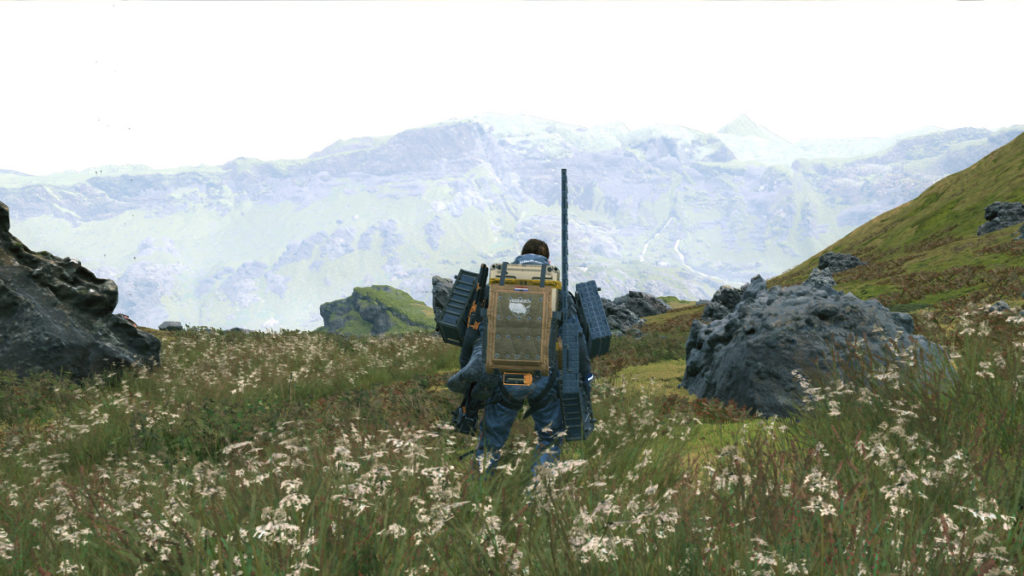
Death Stranding has only been available for the PC for a week now, but it is already becoming the de facto poster child for DLSS 2.0. Early on it was reported how NVIDIA’s tensor core-based solution allows the GeForce RTX 2080 Ti to render the game at over 90 FPS in 4K. To be fair, even an RTX 2070 SUPER could hit over 60 FPS in 4K. That too is using max settings combined with DLSS 2.0 in quality mode. Well, someone has now taken on the fun task of seeing what NVIDIA’s Turing-based RTX cards can do at 8K with the game.
Anthony Garreffa, of TweakTown, has put NVIDIA’s current lineup through the rounds in 8K. He even included its uber-flagship $2500 card, the TITAN RTX. At a time when the RTX 2080 Ti seems to be getting punished by various games, owners should be happy with his results. Both cards were able to render the game at over 50 FPS in 8K using max settings along with DLSS 2.0 in quality mode. In fact, he noted that if you were to simply lower a couple of settings, both cards could even average 60 FPS.
VRAM Usage
Something that has come up with other games tested in 8K is VRAM usage. For some, astronomical numbers that consume the 24 GB memory of an TITAN RTX are not unheard of. Once again, DLSS 2.0 triumphs on the RTX 2080 Ti. Using it in quality mode lowered VRAM consumption by nearly 2 GB. After enabling it, usage went from 10.3 GB down to 8.4 GB, well within the limits of the card’s 11 GB VRAM. By not hammering the card’s VRAM limits, DLSS 2.0 has allowed it to perform to its fullest potential. In the end, Mr. Garreffa has likened DLSS 2.0 to GPU cheat codes, and we can now easily see why.
